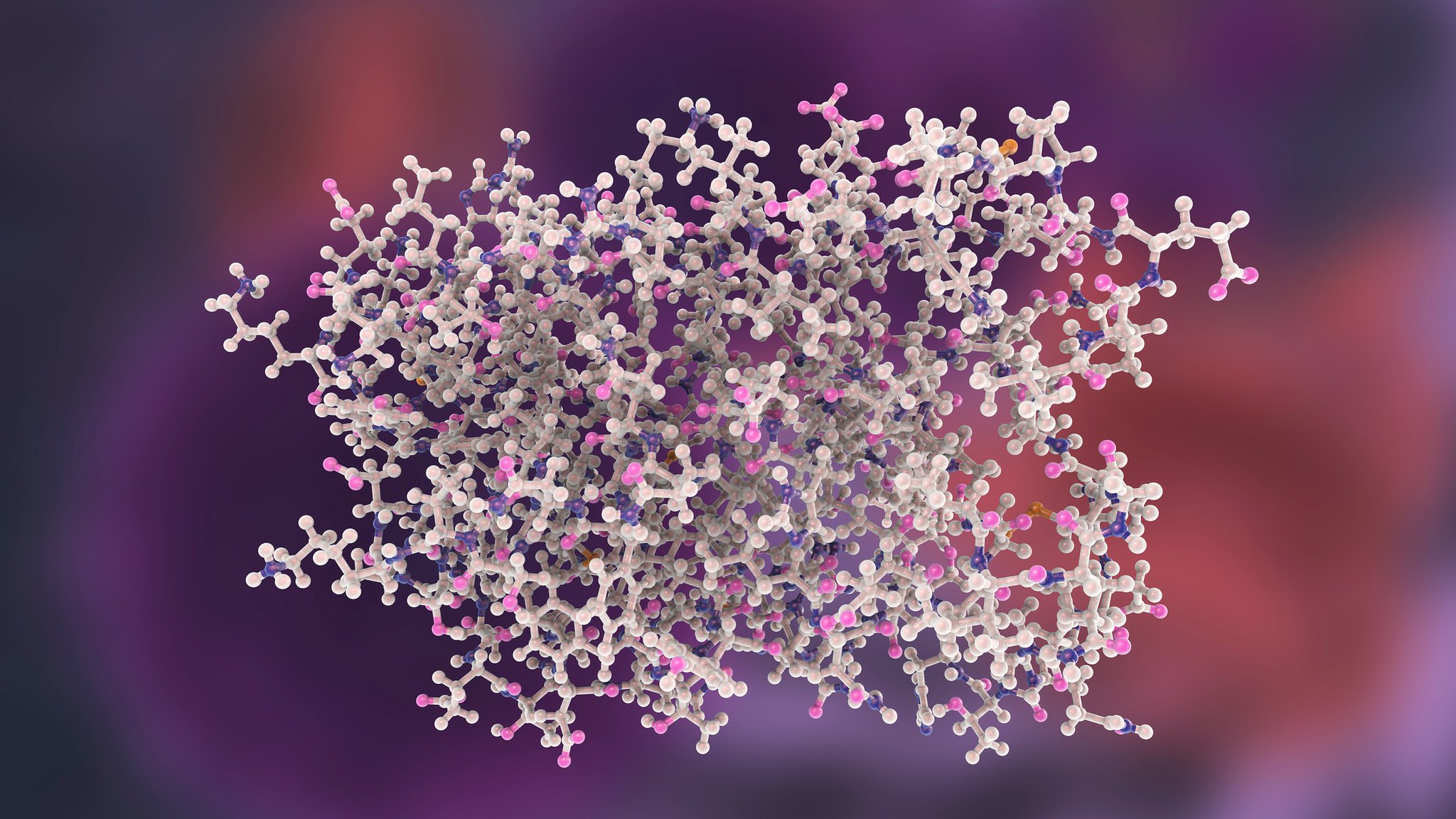Large investment in new supercomputer from UKRI
The UK’s university alliance GW4, which brings together the universities of Bath, Bristol, Cardiff and Exeter, has secured a £10 million investment from UKRI (UK Research and Innovation) to create a World Top 500 supercomputer for AI and cutting-edge scientific innovations.
The four leading research-intensive universities has secured the investment to build a powerful next-generation supercomputer in partnership with technology giants NVIDIA, Arm and Hewlett Packard Enterprise (HPE).
Named Isambard 3, the new high performance computing (HPC) system will utilise breakthrough technologies such as the new Arm®Neoverse™-based NVIDIA Grace CPU Superchip and have at least 55,000 cores to support large scale scientific experiments.
It will be one of the first NVIDIA Grace™ supercomputers in the world. With more than six times the computational performance of its predecessor (Isambard 2), the new Isambard 3 supercomputer will support exciting research and technological advancements.
Facilitating crucial scientific progress
Isambard 3 will facilitate scientific progress in research areas such as materials engineering, medical sciences, clean energy and AI. It will also support growing GW4 research communities in life sciences, biotech and astrophysics.
Examples of research supported by the GW4’s Isambard supercomputers include simulations to understand the mechanisms behind Parkinson’s disease, simulations to find new drugs to treat osteoporosis, COVID-19 virus modelling that helped develop effective vaccines, and simulations to optimise the design of mechanical hearts.
Isambard 3 will be hosted in a self-contained HPE Performance Optmised Data Center (POD) at the National Composites Centre on the Bristol and Bath Science Park. Employing the latest sustainability techniques and with six times the energy efficiency of its predecessor, it will be one of the most efficient, lowest carbon emission CPU-based supercomputers in the world.
Transformational increase in performance and energy efficiency
Professor James Davenport, University of Bath’s technical lead on the Isambard project and Hebron & Medlock Professor of Information Technology said:
"Isambard 1 and 2 have demonstrated that Arm architecture machines can deliver world-class science across a wide range of disciplines. With Isambard 3, a much larger machine with NVIDIA’s Arm architecture GRACE chips, the GW4 Alliance has the opportunity to deliver much more computationally-intensive research results.
"Isambard 3 will provide researchers across the UK access to cutting-edge technology, with a transformational increase in performance and energy efficiency. This unique resource will also encourage international collaborations, as we have demonstrated with the various research teams that have already moved their software to Arm architecture thanks to the previous Isambard projects."
John Josephakis, global vice president of business development for HPC and supercomputing at NVIDIA, said:
"Isambard 3, powered by the Arm-based NVIDIA Grace CPU Superchip, will deliver unprecedented performance, enabling researchers and scientists to make ground-breaking advances in science and technology.
"Our work with GW4 and HPE will also pave the path toward greener computing, as Isambard 3 is one of the most energy-efficient CPU-based supercomputers in the world."
South West region's world-leading capability
Professor Ian White, Vice-Chancellor and President at the University of Bath and Chair of GW4 Council, said:
"This ambitious project exemplifies university-industry collaboration and the world-leading capability of our region in advanced engineering and digital innovation.
"Isambard 3 will further strengthen the UK’s research and innovation ecosystem - supporting world-leading, cutting-edge research and attracting international researchers, scientists and developers to support the UK’s ambitions to be a science superpower."
Unleashing the full potential of AI applications
Mark Armstrong, vice president and general manager of HPC, AI & Labs for Europe, Middle East and Africa, at HPE, said:
"Supercomputers like Isambard 3 provide maximum performance and capabilities that are fundamental to unleashing the full potential of AI applications, such as running natural language processing at scale.
"We have a long history of advancing supercomputing and AI in the UK, and we are proud to support the nation’s efforts to become a science and technology superpower by 2030. With Isambard 3, which leverages latest HPE Cray XD supercomputers and HPE Slingshot, researchers, engineers and data scientists are gaining purpose-built capabilities to train AI models and accelerate research in drug discovery, medical diagnosis, and astrophysics."
Design flexibility that only Arm Neoverse can deliver
Mohamed Awad, senior vice president and general manager, Infrastructure Line of Business, Arm, said:
"To sustainably and economically expand areas of research with new scientific applications requires the performance, energy efficiency, and design flexibility that only Arm Neoverse can deliver.
"We’re proud to collaborate with academic and industry leaders around the globe to make Isambard 3 one of the most energy-efficient and sustainable supercomputers in the world, accessible to almost every scientific research group in the UK, and ready to take on some of the globe’s biggest challenges."
Facility ready for use in early 2024
It is expected Isambard 3 will be installed later this year, with user migration taking place over winter, and the new facility ready for use in early 2024.

